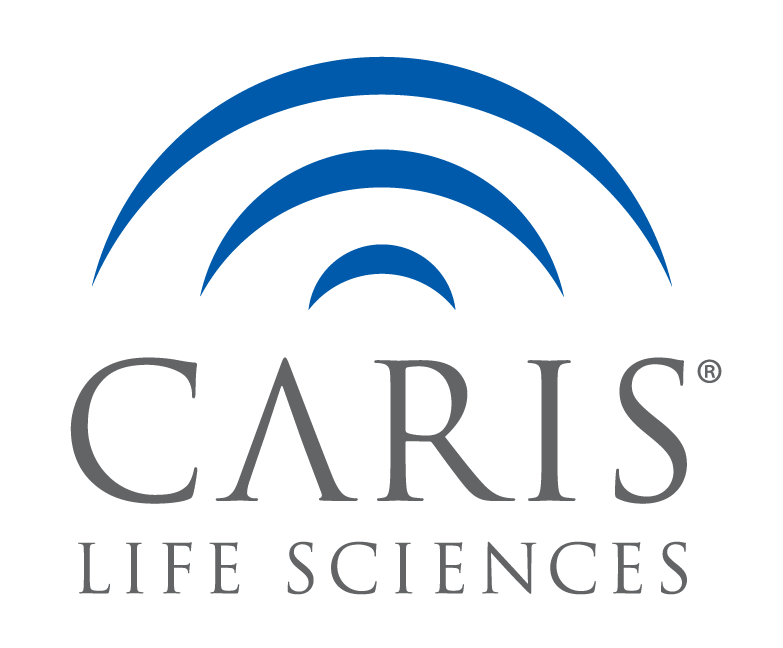Background:
Desmoplastic Small Round Blue Cell Tumor (DSRCT) originates from a cell with multilineage potential. A molecular hallmark of DSCRT is the EWS-WT1 reciprocal translocation. Ewing’s and DSRCT are treated similarly due to similar oncogene activation pathways and DSRCT has been represented in very limited numbers in sarcoma studies.
Methods:
Thirty five DSRCT tumors were tested with a multiplatform profiling service (Caris Life Sciences, Phoenix, AZ). Specific tests performed included sequencing (NextGen), protein expression (IHC) and gene amplification (CISH or FISH). Tumor mutational load (TML) was calculated as somatic nonsynonymous missense mutations sequenced with a 592gene panel. Molecular alterations were compared to 88 Ewing sarcomas (ES). Chisquare tests were used for comparison and statistical significance was determined as p < 0.05.
Results:
In the 35 DSRCT tumors, high expression of TOP2A were seen in 63%, TOPO1 in 63%, PTEN in 62%, androgen receptor (AR) in 59%, EGFR in 42% of tumors; low expression of TUBB3 was seen in 44%, MGMT in 45%, TS in 48%, RRM1 in 57% and ERCC1 in 76% of tumors. When compared to ES, no significant difference was seen in protein expressions with the exception of a significantly higher overexpressson of AR in DSRCT (59% vs. 3%, p = 1.7E10) and TUBB3 (56% vs. 29%, p = 0.03). Tumor expression of PDL1 (Ab: SP142) was not seen in the 4 DSRCT and 10 ES tested. NextGen revealed a TP53 mutation (7%) and a FOXO3 mutation (L382fs) in DSCRT, while 6 TP53 mutations (13%), 2 APC mutations (L1129S and I1307K), 1 BRCA1(c.301+1G > A) and 1 CTNNB1 (T41A) mutation were identified in ES. Tumor mutational load evaluated in the 3 DSRCT and 11 ES tumors averaged 6 and 5 mutations per megabase, respectively.
Conclusions:
Molecular profiling on 35 DSRCT tumors and comparison with Ewing’s sarcoma revealed low immunogenicity ( < 10 Mutations/MB) and low frequency of actionable mutations including PDL1 in both tumor types. High AR expression could present as a potential therapeutic target for DSRCT while taxanes may be more effective in Ewing’s sarcoma compared to DSCRT based on TUBB3 expression. Genomic and Molecular assessment may help determine the ideal regimen that will help achieve maximal tumor debulking.

